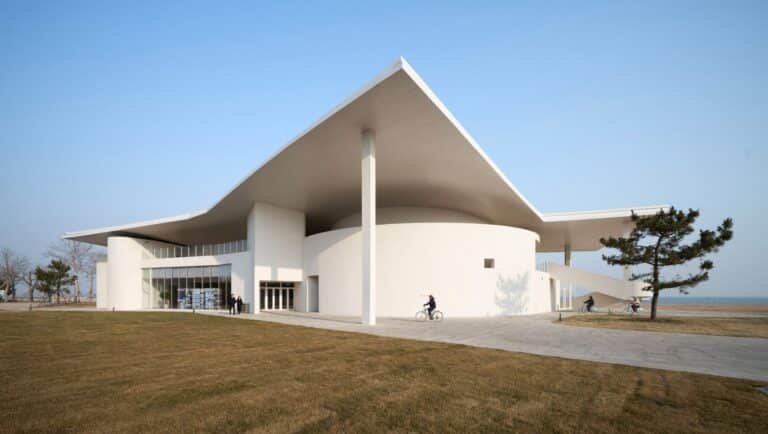Best Architecture in Italy: Diverse Approaches and Inspiring Projects
Italy is one of the world’s leading countries in architecture, combining a rich historical heritage with modern innovation. Italian architecture is known for its balance between functionality and aesthetics, with a wide variety of styles and applications depending on the region and project type. This article explores some of the most notable architectural firms operating in Italy, focusing on their project types, design approaches, and geographic presence.

1. Range of Services and Architectural Types
Italian architectural firms offer a broad range of services, including:
- Architectural design
- Urban planning
- Interior design
- Renovation and redevelopment
The types of projects they handle vary widely, from residential to commercial and public infrastructure.
| Project Type | Examples of Use |
|---|---|
| Residential | Single-family homes, apartment buildings |
| Commercial | Offices, retail spaces, shopping centers |
| Educational | Schools, universities |
| Healthcare | Hospitals, clinics |
| Sports | Stadiums, sports complexes |
| Leisure/Hospitality | Restaurants, hotels, recreational facilities |

2. Geographic Distribution of Firms
Many architectural firms operate primarily in Verona , which serves as a hub for local design practices. However, several companies have expanded their reach across multiple locations within Italy and even internationally — such as AECOM, which operates globally, and one firm that has a maritime exclave in Tunisian waters.
| Location | Number of Firms |
|---|---|
| Verona | 6 |
| Multiple locations within Italy | 10 |
| International (outside Italy) | 1 |
3. Design Approaches and Focus Areas
While each firm has its own style, three main architectural trends emerge:
3.1. Sustainability and Community Development
Firms like ABW emphasize sustainable design and community planning, reflecting a growing global trend toward creating healthier, more socially integrated living environments.
3.2. Attention to Interior Detail and Functionality
Companies such as Clementi Architects and Chiara Grapulin Architects place a strong emphasis on interior design, ensuring comfort and usability in both residential and commercial settings.
3.3. Adaptive Reuse and Heritage Preservation
Some firms, like Arcade, specialize in adaptive reuse — transforming old or underused buildings into functional modern spaces. This practice helps preserve cultural identity while meeting contemporary needs.

4. ArchUp’s Perspective on Italian Architecture
ArchUp believes that Italy possesses a unique combination of technical expertise and cultural history that deeply influences its architectural output. However, there are areas where improvements could be made:
- Repetition in design models : Some firms follow similar patterns without introducing truly innovative concepts.
- Limited international expansion : Despite having the capability, many firms remain focused on the domestic market.
- Lack of interdisciplinary coordination : There is a need for better integration between architects, engineers, and urban planners to create more comprehensive and efficient projects.
5. Frequently Asked Questions (FAQ)
Q1: What are the top cities in Italy for architecture?
Verona, Milan, Rome, and Florence are among the most prominent cities hosting distinctive architectural projects.
Q2: Are there contemporary trends in Italian architecture?
Yes, sustainability, digital infrastructure, and adaptive reuse are increasingly shaping modern Italian design.
Q3: How do you choose an architectural firm in Italy?
Evaluate the firm’s portfolio, experience with your specific project type, and ability to understand the cultural and environmental context of the site.
Q4: Is Italian architecture expensive?
Costs vary depending on the project size and firm, but Italian architecture tends to be relatively high-priced compared to other countries.

6. Summary Table of Key Points
| Aspect | Details |
|---|---|
| Number of listed firms | 22 firms |
| Main services offered | Architectural design, urban planning, interior design |
| Common project types | Residential, commercial, educational, healthcare, sports, leisure |
| Key geographic locations | Verona, multiple locations across Italy |
| Contemporary trends | Sustainability, adaptive reuse, community-oriented design |
| Challenges | Repetition in design, limited international presence, weak cross-disciplinary coordination |

Note: All information presented in this article is derived directly from publicly available data on the official websites of the listed firms. No external citations were included due to the lack of government or institutional sources specifically referencing these firms.






